Week8 Blog ( 1 )|Feminist Theory Research and Reflection of “Media & Time” Lecture
![{"source_type":"douyin_beauty_me","data":{"playId":"","pictureId":"C9CEB132-731B-41E4-AD8D-1CF791B76D87","appversion":"12.0.0","enter_from":"enter_launch","product":"retouch","capability_key":["filter","edit","imageeffect"],"effect_id":"filter#7429656172535222835","filterId":"7429656172535222835","imageEffectId":"1012192","os":"ios","activityName":"","capability_extra_v2":{"filter":[{"resource_id":"7429656172535222835","effect_id":"87689656","origin":"heycan"}],"imageeffect":[{"origin":"heycan","effect_id":"1012192","resource_id":"6916783724277273101"}]},"effect_type":"tool","infoStickerId":"","stickerId":""}}](https://blogs.ed.ac.uk/s2648436_curating-2024-2025sem2/wp-content/uploads/sites/11134/2025/03/IMG_6681-scaled.jpeg)
⚪️Feminist Theory Research
1. Audre Lorde’s Sister Outsider
Quote: “Your silence will not protect you.”
Application: This powerful assertion can serve as a foundational motif in your exhibition, emphasising the necessity for women to vocalise their experiences. Incorporate sound installations where women narrate personal stories, symbolising the act of breaking silence and reclaiming agency.
Quote: “I am not free while any woman is unfree, even when her shackles are very different from my own.”
Application:This sentiment underscores the interconnectedness of women’s experiences across diverse backgrounds. Curate pieces that reflect various cultural narratives, highlighting both unique challenges and universal themes, fostering a sense of global sisterhood.Plan to set up a “breaking the silence” soundscape at the entrance or key nodes. Use the sound of a baby crying to break the silent environment. Visitors listen carefully and experience the journey from silence to shouting.Create a “polyphonic resonance” area, where multi-channel speakers simultaneously play female voices from all over the world – poetry recitations, daily conversations, protest slogans. The intertwined sounds show an international chorus of solidarity, mutual assistance and empathy.
2. Bell Hooks’ Feminism is for Everybody
Quote: “Simply put, feminism is a movement to end sexism, sexist exploitation, and oppression.”
Application: Use this definition as an educational entry point within the exhibition. Create interactive displays that elucidate the core objectives of feminism, correcting misconceptions and inviting all visitors to engage with its inclusive ethos.A message wall is set up in the exhibition where visitors can tell their feelings and experiences. Visitors can deepen their understanding of ending gender oppression and strengthen their commitment to ending gender oppression by participating in “voicing”.
Quote:“Imagine living in a world where we can all be who we are, a world of peace and possibility.”
Application: Design immersive environments that envision this aspirational world. Through multimedia art, portray scenarios where gender equity is realised, inspiring visitors to reflect on and contribute to such a future.
3. Bodies of Sound: Becoming a Feminist Ear
Concept: The book introduces the idea of “feminist listening,” encouraging a re-examination of the gender politics inherent in auditory practices.
Application: Implement exhibition elements that promote active listening from a feminist perspective. Create environments where visitors engage with soundscapes highlighting women’s experiences, fostering a deeper understanding of feminist listening.
Concept: Emphasising sound as an active engagement in social change.
Application: Curate participatory audio installations where attendees contribute their voices or respond to prompts about gender and society, transforming listening into a communal act of resistance and awareness.
⚫️Reflection of “Media & Time” Lecture by Marcus
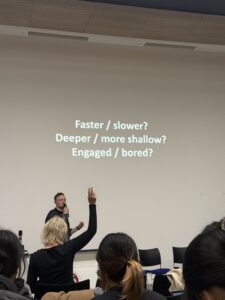
Marcus’s question-and-answer session in class.
1. Characteristics of time-based media and exhibition space
2. Media specificity and technological evolution
3. Important considerations in curatorial practice
5. Curation progress and resource planning
⚪️Communication with CAP and Invitation for Curatorial Cooperation
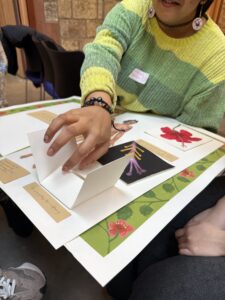
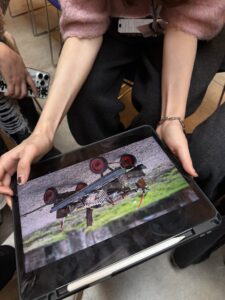
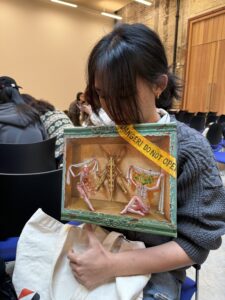

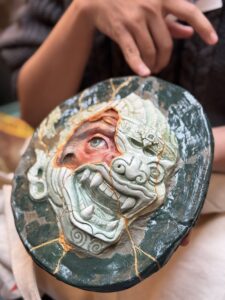
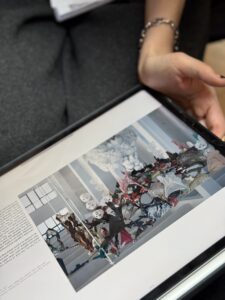
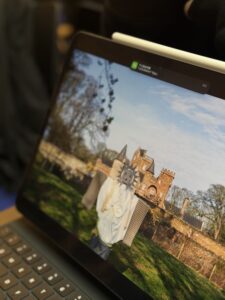
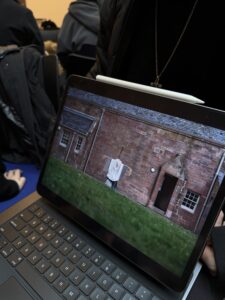
Bibliography:
Hooks, B. (2000) Feminism is for Everybody: Passionate Politics. Cambridge, MA: South End Press.
Lorde, A. (1984) Sister Outsider: Essays and Speeches. San Francisco: Crossing Press.
Revell, I. and Shin, S. (eds.) (2024) Bodies of Sound: Becoming a Feminist Ear. London: Silver Press.



